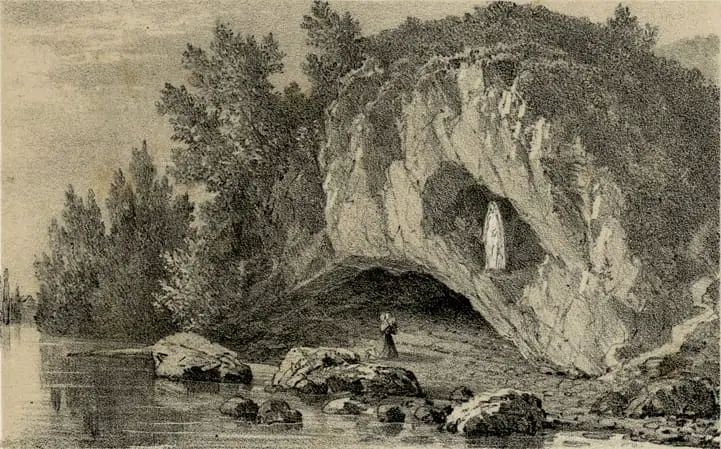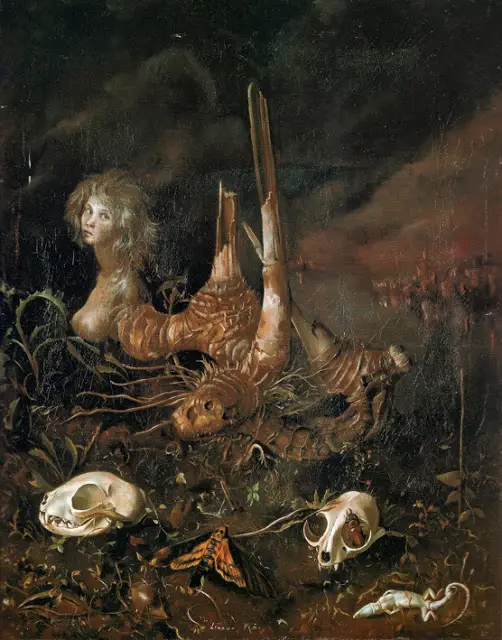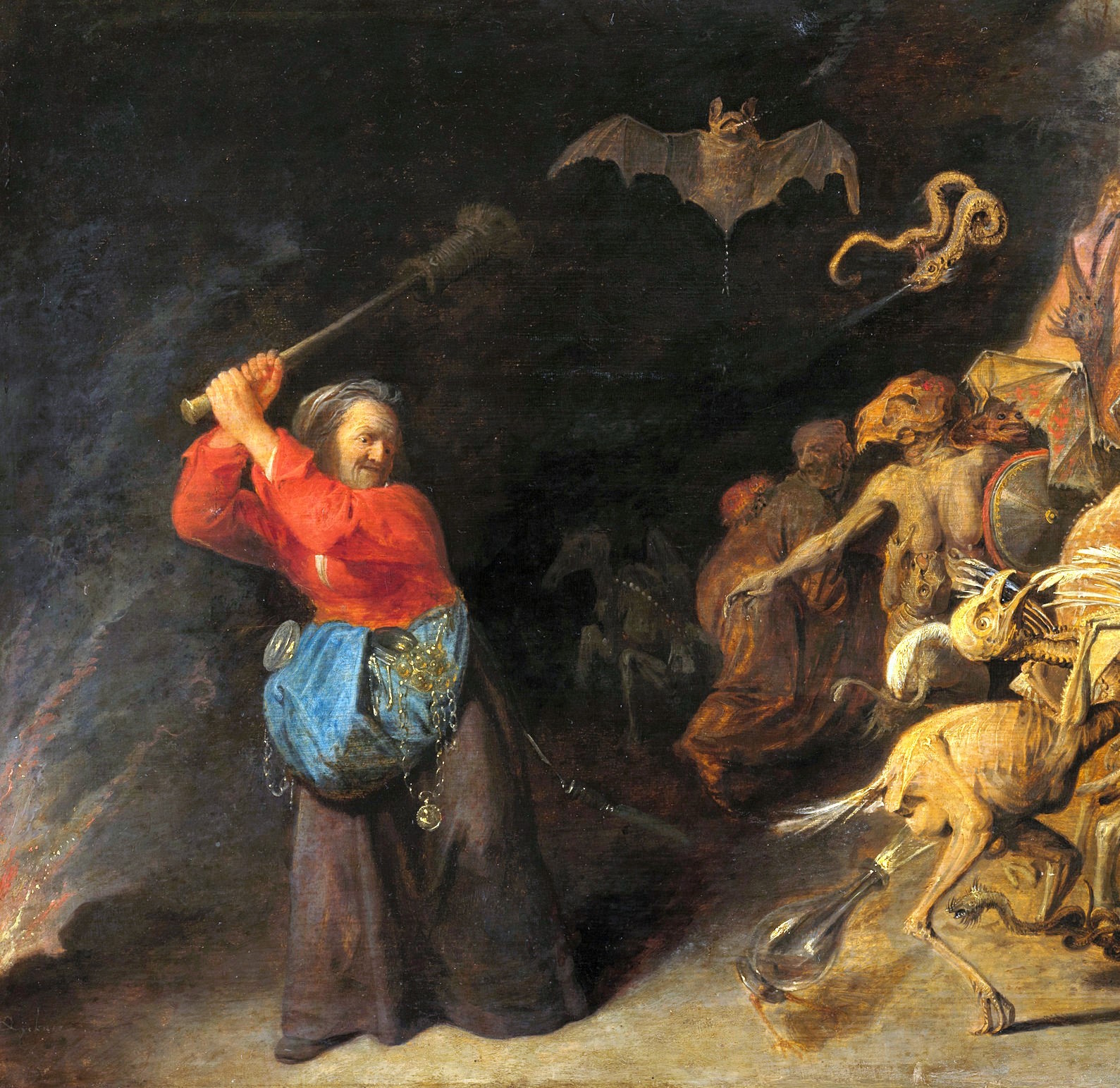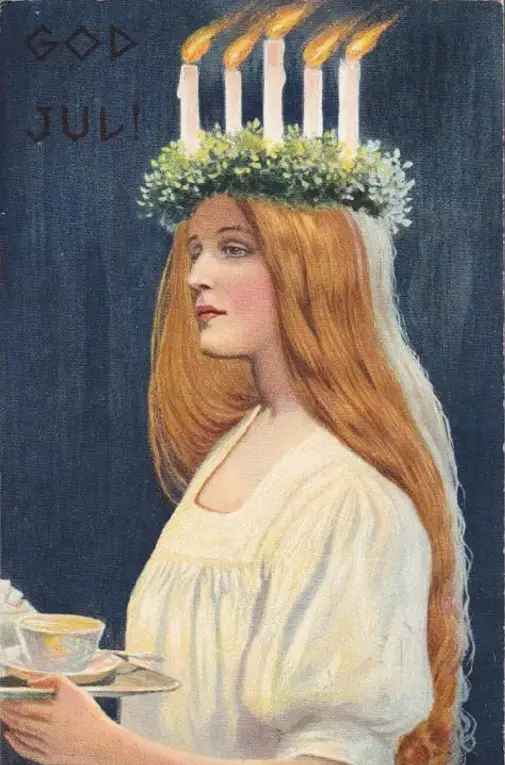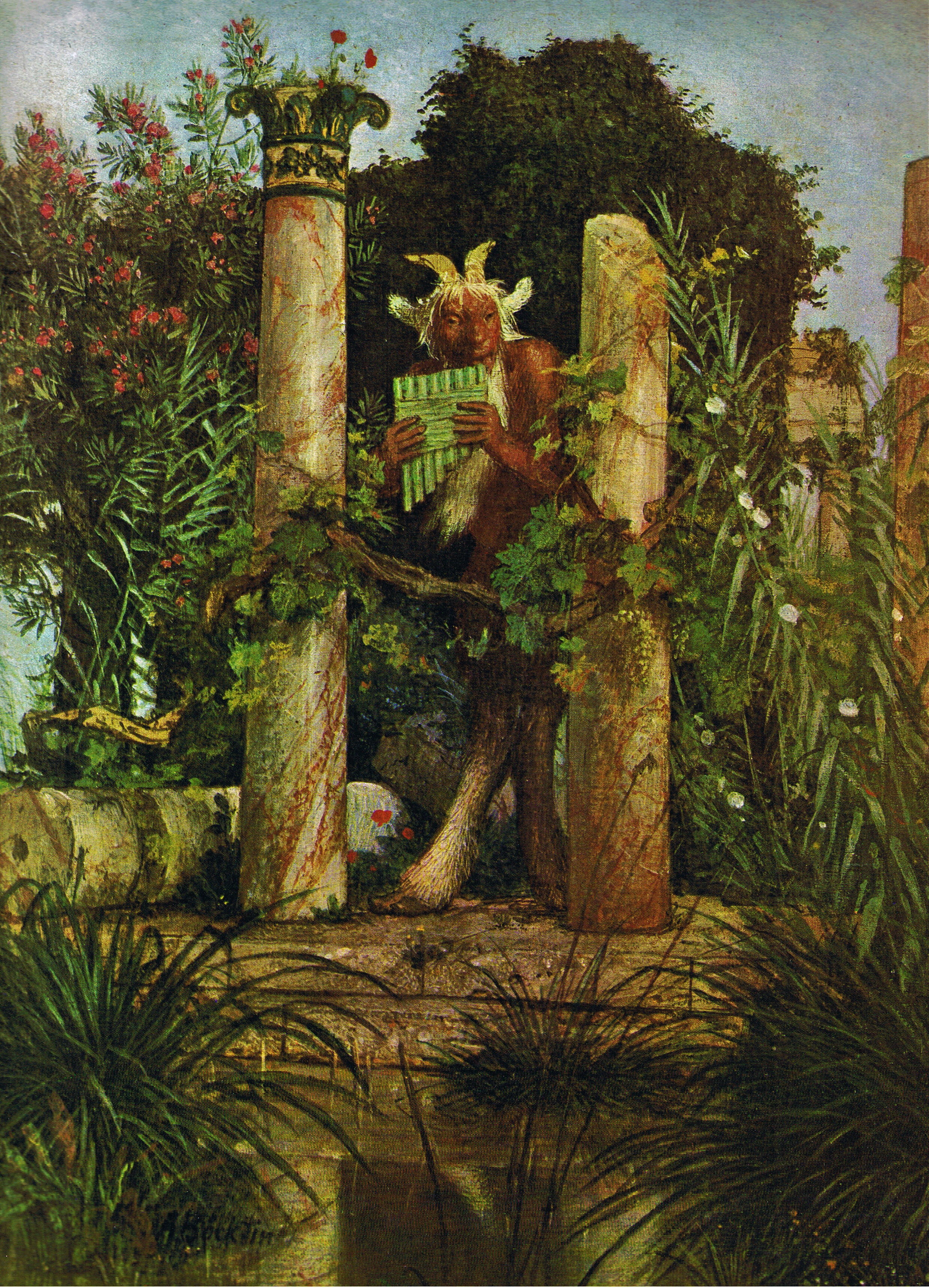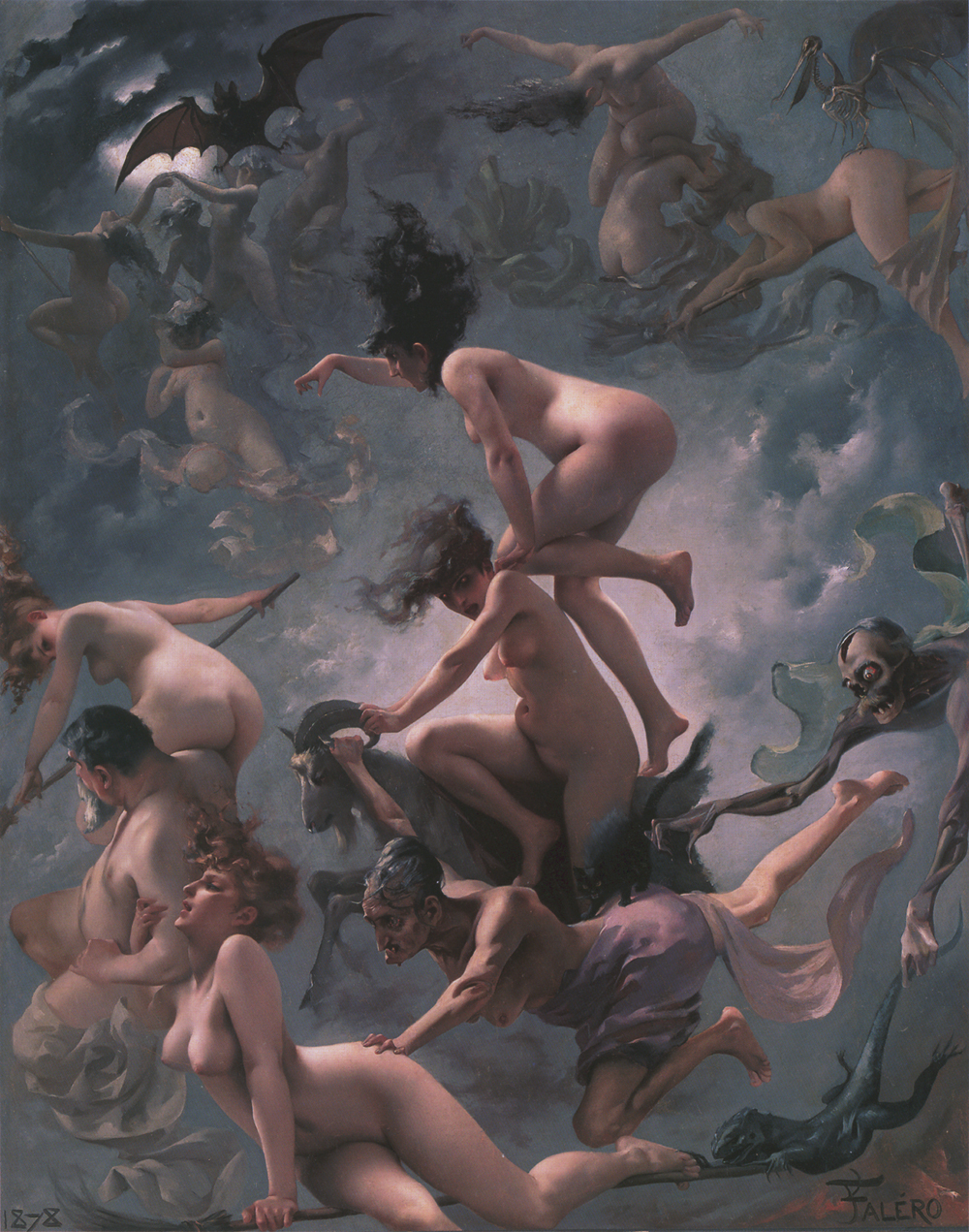Tag: Diana
Terror and Ecstasy: Arthur Machen's "Hill of Dreams"
Arthur Machen was born on March 3, 1863, one of the greatest writers of Fantastic literature of his time and, together with WB Yeats, one of the most important standard bearers of the so-called «Celtic Revival». After having already reviewed on our pages his work before him, "The Great God Pan", We now turn to his third novel," The Hill of Dreams "(1907), perhaps his greatest masterpiece by virtue of the indissoluble union, here as never before, between the two dichotomous aspects of the Sacred in the Gaelic tradition: the terrifying and the ecstatic one.
Germanic Isis
On the identity of the "naval" Isis mentioned by Tacitus in "Germany" a real quarrel has opened up between those who consider it a Roman import -- which would have its reflection in the practice of “Navigium Isidis” - e who, like Georges Dumézil, considers it connected to an original Germanic goddess, Freyja or Nerthus. But, beyond the denominations, the category to which the goddess can be ascribed is the broadest one of the Great Goddesses of the archaic period, including Rhea and Cybele.
Fairies, witches and goddesses: "subtle nourishment" and "bone renewal"
An analysis of some beliefs concerning the "subtle nourishment" of witches and fairy beings will lead us to the discovery of a recurring mythology through the millennia, from the archaic times of the shamanic cultures of hunters to the era of inquisitorial processes: that of the so-called "renewal of the bones ".
“The Walking Dead”: an attempt at esoteric deciphering
Our film analysis column is back: this time we deal with the esoteric aspects of the famous TV series created by Frank Darabont and inspired by the comic by Robert Kirkman.
Fragments of a forgotten shamanism: the Piedmontese Masche
The study of "magical" practices and folkloric beliefs regarding the Piedmontese Masche opens us some glimpses (not too unexpected) on Cosmic-agrarian cults of ancient Eurasia.
The magic of the Mainarde: on the trail of the Janare and the Deer Man
A visit to Castelnuovo al Volturno, in Molise, allows us to give a face to the characters of local folklore, the Janare and "Gl'Cierv", and to resume some central mythical-traditional aspects of Cosmic-agrarian cults of ancient Eurasia.
Lussi, the "Luminosa": the double pagan and "obscure" of Saint Lucia
Although many know the Christian tradition of Saint Lucia and celebrated it as children according to the most recent customs, most of the time the pre-Christian substratum from which this holiday, and the numinous figure used to it, derives, is ignored.
The archaic substratum of the end of year celebrations: the traditional significance of the 12 days between Christmas and the Epiphany
di Marco Maculotti
article originally published on Atrium on 21/12/2016,
here revised and expanded
Here we aim to deepen the folkloric beliefs that have led to the configuration of two figures intimately connected to the liturgical-profane calendar of Europe in recent centuries. The two figures that interest us are those of Santa Claus (Italianized in Santa Claus) and of the Befana, figures that - as we will see - owe their origin and their symbolism to an archaic substratum, anthropologically recognizable in all those practices and beliefs (myths and rites) of the volk European (or rather eurasian), which elsewhere we have defined as "cosmic-agrarian cults" [cf. Cosmic-agrarian cults of ancient Eurasia].
From Pan to the Devil: the 'demonization' and the removal of ancient European cults
di Marco Maculotti
cover: Arnold Böcklin, “Pan, the Syrinx-Blowing”, 1827
We have previously had the opportunity to see that, in the first centuries of our era and even during the medieval era, the cd. "Rural paganism" it kept its diffusion unchanged, especially in the areas further away from the large inhabited centers. St. Maximus noted that "in the fourth century (...) the first missionaries passed from city to city and rapidly spread the Gospel over a very large area, but they did not even touch the surrounding countryside", Then adding that" even in the fifth and sixth centuries, when most of them had long since been converted, in Gaul and Spain the Church, as shown by the repeated canons of the councils of the time, encountered great difficulty in suppressing the ancient rites with which peasants from time immemorial averted plagues e they increased the fertility of the flocks and fields"[AA Barb, cit. in Centini, p.101].
Metamorphosis and ritual battles in the myth and folklore of the Eurasian populations
di Marco Maculotti
The zoomorphic metamorphosis topos is widely present in the folkloric corpus of a large number of ancient traditions, both from archaic Europe (on which we will focus mainly in this study), and from other geographical areas. As early as the fifth century BC, in Greece, Herodotus mentioned men capable of periodically transforming themselves into wolves. Similar traditions have been documented in Africa, Asia and the American continent, with reference to the temporary metamorphosis of human beings in fairs: bears, leopards, hyenas, tigers, jaguars. Sometimes, in some historically documented cases of the ancient world (Luperci, Cinocefali, Berserker) "The paranormal experience of transformation into an animal takes on collective characteristics and is at the origin of initiatory groups and secret societies" (Di Nola, p.12).
The Friulian benandanti and the ancient European fertility cults
di Marco Maculotti
cover: Luis Ricardo Falero, “Witches going to their Sabbath", 1878).
Carlo Ginzburg (born 1939), a renowned scholar of religious folklore and medieval popular beliefs, published in 1966 as his first work The Benandanti, a research on the Friulian peasant society of the sixteenth century. The author, thanks to a remarkable work on a conspicuous documentary material relating to the trials of the courts of the Inquisition, reconstructed the complex system of beliefs widespread up to a relatively recent era in the peasant world of northern Italy and other countries, of Germanic area, Central Europe.
According to Ginzburg, the beliefs concerning the company of the benandanti and their ritual battles against witches and sorcerers on the Thursday nights of the four tempora (Her hand, imbol, Beltain, Lughnasad), were to be interpreted as a natural evolution, which took place far from the city centers and from the influence of the various Christian Churches, of an ancient agrarian cult with shamanic characteristics, widespread throughout Europe since the Archaic age, before the spread of the Jewish religion - Christian. Ginzburg's analysis of the interpretation proposed at the time by the inquisitors is also of considerable interest, who, often displaced by what they heard during interrogation by the benandanti defendants, mostly limited themselves to equating the complex experience of the latter with the nefarious practices of witchcraft. Although with the passing of the centuries the tales of the benandanti became more and more similar to those concerning the witchcraft sabbath, the author noted that this concordance was not absolute:
"If, in fact, the witches and sorcerers who meet on Thursday night to give themselves to" jumps "," fun "," weddings "and banquets, immediately evoke the image of the sabb - that sabb that the demonologists had meticulously described and codified, and the inquisitors persecuted at least since the mid-400th century - nonetheless exist, among the gatherings described by benandanti and the traditional, vulgate image of the diabolical sabbath, evident differences. In these cEverywhere, apparently, homage is not paid to the devil (in whose presence, indeed, there is no mention of it), faith is not abjured, the cross is not trampled, there is no reproach of the sacraments. At the center of them is a dark ritual: witches and sorcerers armed with sorghum reeds who juggle and fight with benandanti provided with fennel branches. Who are these benandanti? On the one hand, they claim to oppose witches and sorcerers, to hinder their evil designs, to heal the victims of their hexes; on the other hand, not unlike their presumed adversaries, they claim to go to mysterious nocturnal gatherings, of which they cannot speak under pain of being beaten, riding hares, cats and other animals. "
—Carlo Ginzburg, "I benandanti. Witchcraft and agrarian cults between the sixteenth and seventeenth centuries», Pp. 7-8

